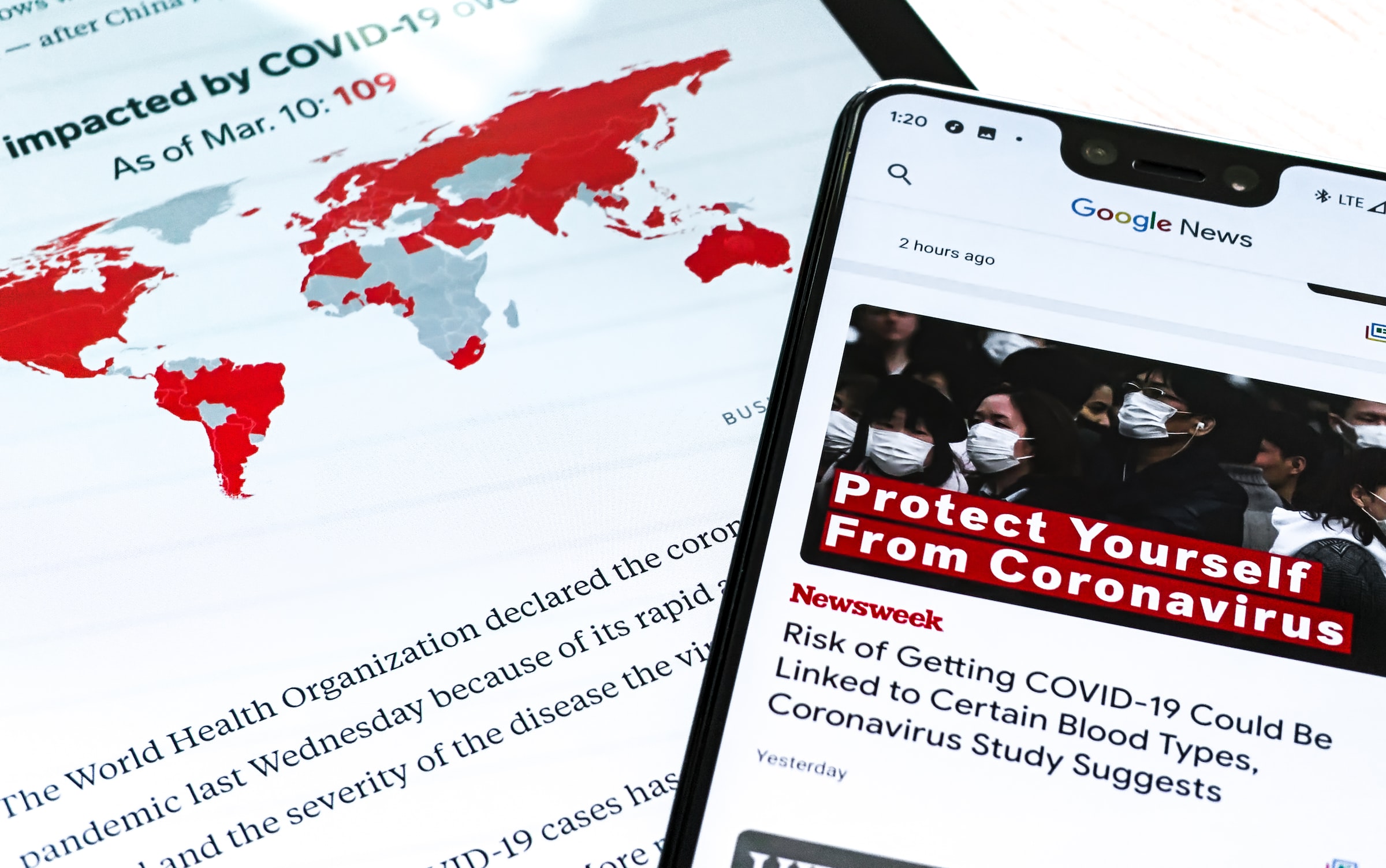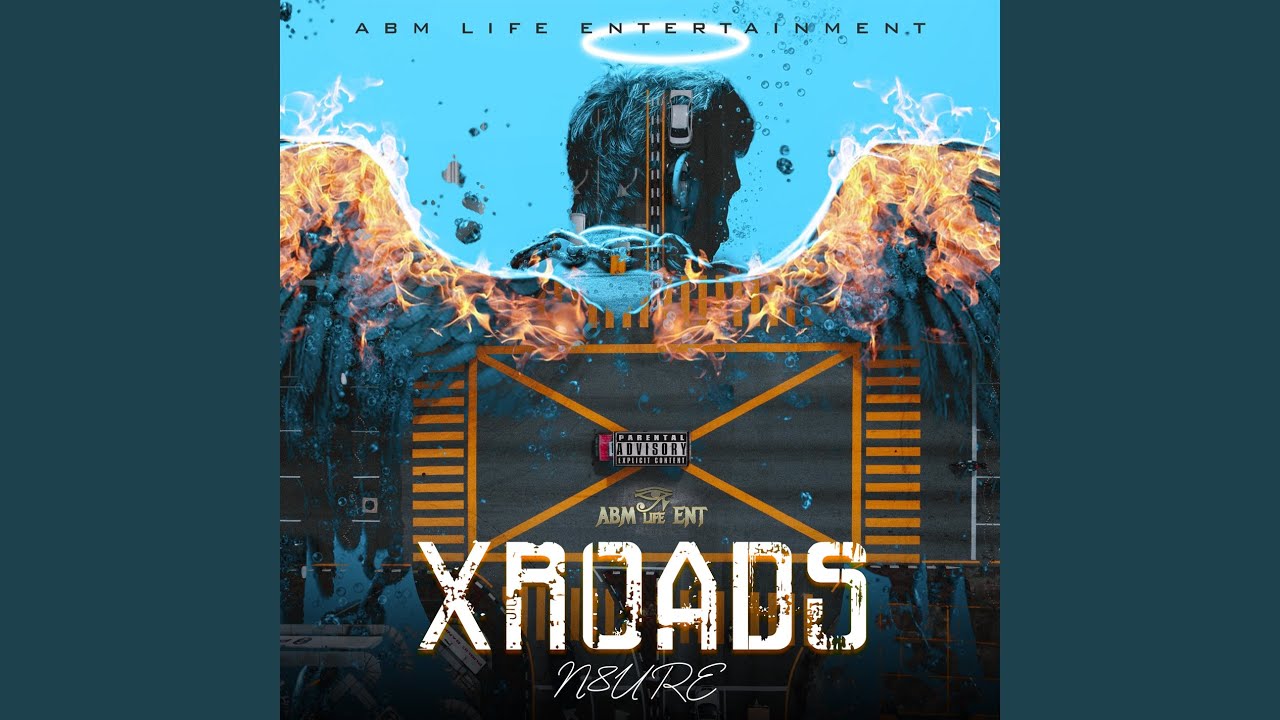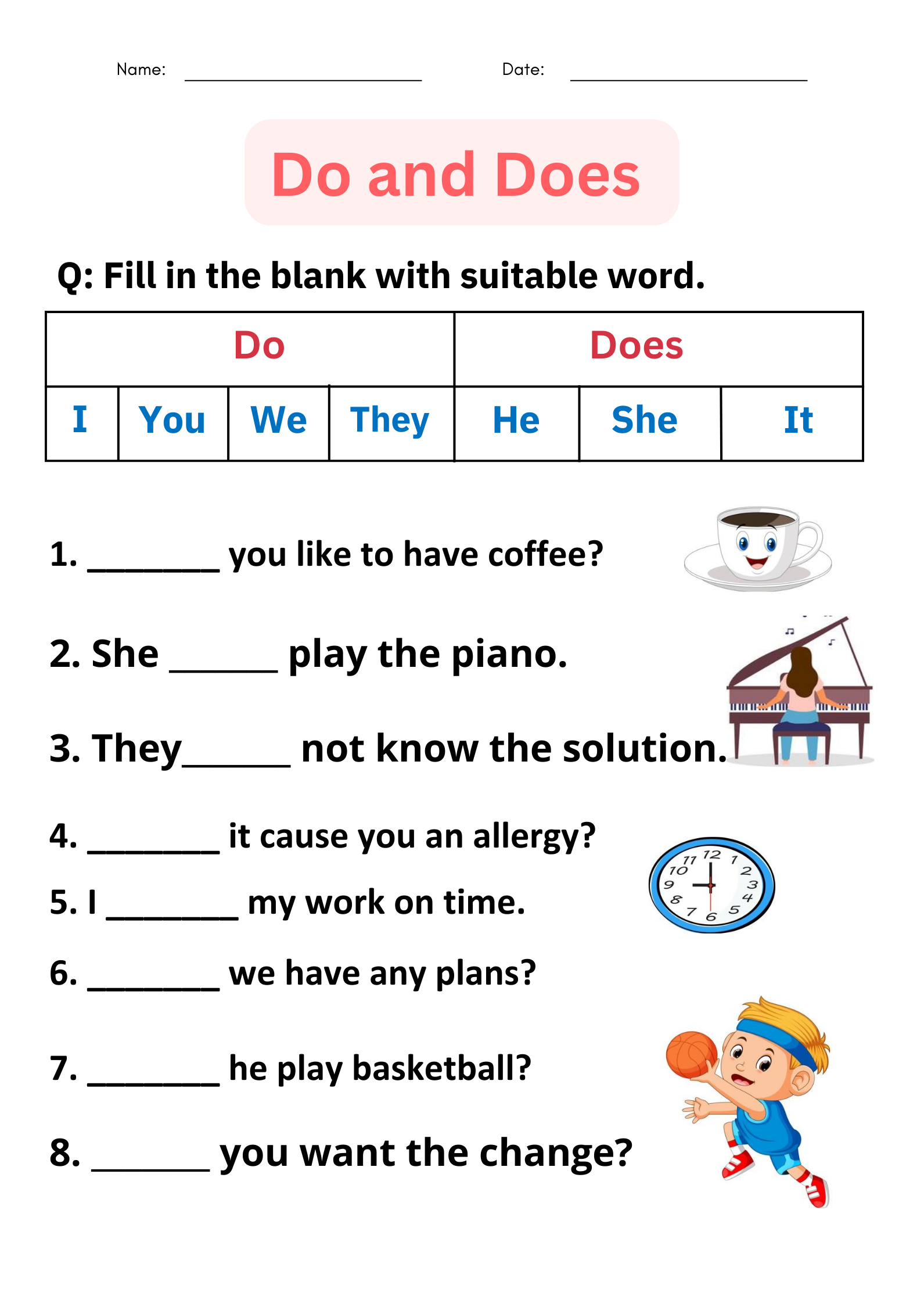News Media: Understanding Modern Information Systems and Their Impact
What’s news media?
News media encompass the organizations, platforms, and systems responsible for gathering, produce, and distribute news and information to the public. This vast ecosystem include traditional outlets like newspapers, television stations, and radio broadcasters, alongside digital platforms, social media networks, and emerge technologies that shape how people consume information.
The primary function of news media involve inform citizens about current events, government activities, social issues, and developments that affect their lives. Beyond simple reporting, news media serve as a watchdog for democracy, hold institutions accountable and provide the information necessary for informed civic participation.
Core components of news media
Traditional print media
Newspapers remain foundational elements of the news ecosystem, despite decline circulation numbers. These publications employ professional journalists, editors, and fact-checkers who follow establish editorial standards. Major newspapers like the New York times, the Washington Post, and the Wall Street journal continue to set news agendas and provide in depth investigative reporting.
Print media’s strength lie in comprehensive coverage and thorough fact check processes. The physical constraints of newspaper space historically force editors to prioritize the virtually important stories, create a natural filtering system that many digital platforms lack.
Broadcast television and radio
Television news reach massive audiences through network affiliates, cable news channels, and local stations. The visual nature of television allow for immediate, compelling coverage of break news events. Major networks like abc, CBS, NBC, CNN, and Fox News shape public discourse through their programming choices and editorial perspectives.
Radio news provide portable, accessible information delivery, peculiarly valuable during emergencies or for audiences with limited internet access. Talk radio formats blend news with commentary, create influential platforms for political and social discussion.

Source: abcnews.go.com
Digital and online platforms
The internet revolutionize news consumption patterns, enable instant global distribution and interactive engagement. Online news websites, digital first publications, and news aggregators like Google News and Apple news have transformed how people discover and consume information.
Digital platforms offer advantages include real time updates, multimedia content integration, and personalize news feeds. Yet, they besides present challenges relate to information verification, echo chambers, and the spread of misinformation.
The evolution of news media
Historical development
News media evolve from town criers and print broadsheets to sophisticated multimedia operations. The invention of the print press democratize information access, while telegraph systems enable rapid long distance communication. Radio and television bring immediacy to news delivery, allow audiences to experience events as they unfold.
The internet age accelerate these changes exponentially. Social media platforms transform ordinary citizens into potential news sources, while smartphones enable instant documentation and sharing of newsworthy events.
Current transformation
Contemporary news media face unprecedented challenges and opportunities. Traditional revenue models build on advertising and subscriptions compete with free online content and social media sharing. Many organizations have adopted digital first strategies, paywall systems, and subscription models to maintain financial sustainability.
Artificial intelligence and automation progressively assist in news-gathering and distribution. Algorithms curate personalized news feeds, while automated systems generate basic news reports for topics like sports scores and financial updates.
Types of news media organizations
Commercial media
Most news organizations operate as businesses, generate revenue through advertising, subscriptions, or corporate ownership. These entities must balance journalistic integrity with financial viability, sometimes create tensions between editorial independence and commercial interests.
Large media conglomerates own multiple outlets across different platforms, enable cross promotion and resource sharing while raise concerns about media concentration and diversity of perspectives.
Public and non-profit media
Public broadcasting systems like PBS and NPR receive government funding while maintain editorial independence. Non-profit news organizations, support by donations and grants, focus on investigative journalism and public interest reporting without commercial pressures.
These organizations oftentimes tackle complex, long term stories that commercial outlets might avoid due to cost considerations or limited audience appeal.
Independent and alternative media
Independent journalists and smaller news organizations provide alternative perspectives and cover stories overlook by mainstream media. Podcasts, newsletters, and specialized publications serve niche audiences with target content.
Social media platforms enable independent creators to build substantial audiences without traditional gatekeepers, though this freedom come with reduce editorial oversight and fact check resources.
The role of technology in modern news media
Social media integration
Platforms like Facebook, Twitter, Instagram, and TikTok have become primary news sources for many people, specially younger demographics. News organizations maintain active social media presence to reach audiences where they spend time online.
Nonetheless, social media algorithms prioritize engagement over accuracy, sometimes amplify sensational or misleading content. The speed of social media sharing can outpace traditional fact check processes, contribute to misinformation spread.
Mobile and real time reporting
Smartphones enable journalists to report from anyplace with internet connectivity, provide live updates and multimedia content from break news scenes. Mobile apps deliver push notifications for urgent news, keep audiences inform throughout the day.
Live-streaming capabilities allow news organizations to broadcast events in real time, create immediate connections between audiences and unfold stories.

Source: indiatvnews.com
Data journalism and analytics
Modern news organizations use data analytics to understand audience preferences, optimize content distribution, and identify trend topics. Data journalism combine traditional reporting with statistical analysis and visualization to explain complex issues.
Audience metrics influence editorial decisions, though responsible news organizations balance popular content with important stories that serve the public interest.
Challenges face news media
Financial sustainability
Traditional advertising revenue has shift to digital platforms, reduce income for established news organizations. Many newspapers have close or importantly reduced staff, create news deserts in communities lack local coverage.
Subscription models and paywalls help some organizations maintain quality journalism, but they may limit access for lower income readers, potentially create information inequality.
Misinformation and trust
The proliferation of false or misleading information challenge news media credibility. Distinguish between legitimate news sources and unreliable content require media literacy skills that many audience members lack.
Political polarization has eroded trust in news media, with some audiences view journalism through partisan lenses quite than evaluate content base on accuracy and fairness.
Information overload
The constant stream of news and information can overwhelm audiences, lead to news fatigue or selective attention to preferred sources. The 24-hour news cycle create pressure for continuous content production, sometimes at the expense of thorough reporting.
Media literacy and critical consumption
Evaluating news sources
Responsible news consumption require understand how to evaluate source credibility, recognize bias, and verify information through multiple outlets. Readers should consider factors like editorial standards, correction policies, and transparency about funding sources.
Fact check organizations like slopes, political, and factcheck.org provide resources for verify claims and identify misinformation.
Understand media bias
All news sources have some degree of bias, whether through story selection, framing, or editorial perspective. Media literacy involve recognize these biases while noneffervescent extract valuable information from diverse sources.
Consume news from multiple perspectives help create a more complete understanding of complex issues and reduce the risk of live in information echo chambers.
The future of news media
Emerging technologies
Virtual and augmented reality technologies may transform news presentation, allow audiences to experience stories in immersive environments. Artificial intelligence will probable will play larger roles in content creation, personalization, and fact will check processes.
Blockchain technology could provide new models for content verification and micropayments, potentially address both misinformation and funding challenges.
Evolve audience expectations
Younger audiences expect interactive, multimedia content that engage them across multiple platforms. News organizations must adapt to shorter attention spans while maintain journalistic quality and depth.
Personalization and on demand access will potential will continue to grow, though this trend must be will balance with exposure to diverse perspectives and important stories that audiences might not actively seek.
Global perspectives on news media
News media systems vary importantly across countries, reflect different political systems, cultural values, and economic conditions. Authoritarian governments may control or heavy influence news content, while democratic societies broadly protect press freedom through legal frameworks.
International news organizations like BBC world service, Reuters, and associated press provide global coverage and serve as information sources for local outlets worldwide. Digital platforms have make international news more accessible, though language barriers and cultural contexts ease influence consumption patterns.
Understand news media require recognize its multifaceted nature as both an information system and a business ecosystem. While challenges like misinformation, financial pressures, and political polarization create significant obstacles, news media remain essential for democratic society and informed citizenship. The ongoing evolution of technology and audience preferences will continue will shape how news is will produce, will distribute, and will consume, make media literacy progressively important for will navigate the complex information landscape.
MORE FROM dealdetectivepro.com












